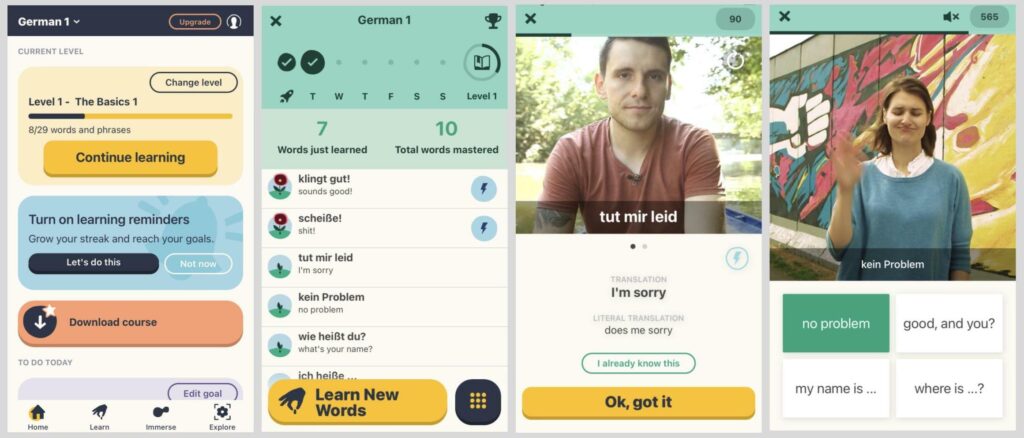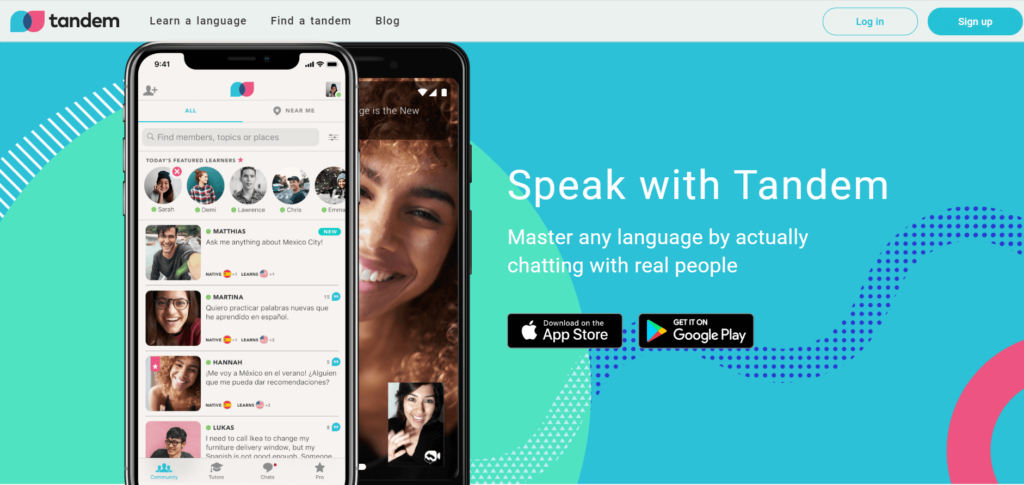We are definitely in a digital revolution when it comes to language instruction. Both language instructors and students are trying to balance tradition and innovation while technology develops at a mind-blowing rate. The classrooms we know have evolved into a digital area where students have access to a variety of new technologies that are changing the nature of language learning. The traditional classroom was originally limited to physical presence and textbooks. This isn’t a bad thing per se but you have to understand that with a revolution in this field we need a revolution in tools we use and have at our disposal.
Here, today we will go on a journey into the gist of this transformation. Today we will show everyone what we believe is the top 10 technological advancements set to completely alter the way that language instruction is taught. These “new” resources go above and beyond the norm, and offer intensive and engaging language study options. These are more than simply software or applications; these are new entry points for linguistic research that have strict rules for comprehending different cultures on the path to fluency.

Source: edutopia.org
1. Duolingo
The popular language learning app, Duolingo, has undergone major changes as of 2024. These days, it has AI-powered instructors that provide students with personalised lessons. Everything these days is becoming AI powered and with right, it allows for lessons to be tailored to their learning preferences and competence levels. For everyone beginning their language learning this is the best option because of its easy approach, which keeps students’ attention and encourages playfulness.
2. Rosetta Stone
One of the most popular language learning software is Rosetta Stone. It was established in 1992, and it integrated immersive, interactive approaches, it has revolutionised language instruction. With its dynamic methodology, Rosetta Stone pulls in students in the target language right away. Through lessons and exercises, it develops listening, speaking, reading, and writing abilities in a variety of languages. Accurate pronunciation is ensured with its speech recognition technology, and with it you can provide classes for individuals, companies, and schools. On-the-go learning is also an option thanks to their smartphone app.
3. Babbel
Babbel is sure thing when it comes to commitment to a useful, conversation-centred approach to language learning. The website now offers a wider range of languages, including specialised and less often taught ones. One of Babbel’s unique qualities is its accurate voice recognition technology, which gives students immediate feedback on their pronunciation, which is essential for fluency.
4. Memrise

Source: pcmag.com
Memrise is special tool that makes use of the developments in virtual reality (VR) technology. The goal is to immerse students in authentic language situations by encouraging interaction with the language in relevant circumstances, you will retain more vocabulary and self-esteem. Memrise will provide a vast VR lesson library with courses in a variety of languages and subjects.
5. FluentU
Authentic video material is included into FluentU’s language classes, which sets it apart from other creative language learning platforms. Their video library had greatly increased over the years and it is giving students access to a wide variety of authentic content. FluentU is successfully bridging the gap between traditional textbook study and real-world language use which makes it inevitable when it comes to immersive learning experiences.
6. Anki
The effectiveness of Anki’s method of spaced repetition for memory retention is still undisputed. Collaboration tools were added to Anki recently and that has allowed users to build and distribute flashcard decks with other users. Anki’s value as a tool for language instructors is greatly increased by its collaborative component, which goes beyond the needs of individual learners.
7. Sanako
Sanako is a global leader in language education technology, serving educational institutions worldwide. They provide a wide variety of services, including interactive language learning software, virtual classrooms, and language labs. To improve language teaching and learning, they offer tools for pronunciation practice, evaluation, and analytics using an innovation-focused approach. The business offers solutions that are tailored to fit certain institutional needs and offers in-depth assistance and training. With all of these specificities Sanako makes language learning interesting and approachable.
8. Tandem

Source: thefrenchstreet.com
Tandem is a very useful and innovative app. It links language students with native speakers all around the world. It focuses on casual conversational context that allows users to practise speaking, listening, and bettering their language abilities without pressure. With the app’s large selection of languages, users may meet language partners who share their interests and skill levels. Tandem encourages cross-cultural communication and provides text, voice, and video chat alternatives for adaptable communication. Tandem is a great resource that makes learning a language fun and accessible to people throughout the world.
9. Quizlet
Quizlet, known for its many study aids, now has a larger selection of information on languages. To meet the demands of language learners, flashcards, tests, and interactive diagrams have been improved and broadened. Quizlet is still a go-to resource for students and instructors in 2024 thanks to its user-friendly layout and collaborative capabilities.
10. Speechling
In 2024, Speechling will put even more of an emphasis on proper speech and pronunciation. The portal provides live coaching sessions with language specialists in addition to providing an even wider range of language courses. These lessons offer individualised feedback to assist students in achieving pronunciation and fluency similar to native speakers.
This year will definitely be a year for language teaching as cutting-edge technological tools are developed to take on all ranges of learning preferences and styles. These tools provide you with the power to develop your language skills in a fun and effective way, no matter if you’re a language student on a learning journey or an educator looking to improve your teaching techniques.
The era of digital language learning is already upon us, bringing with it a vast amount of tools that fill the gap between old-school instruction and cutting-edge technology. Acceptance of these tools will help you in 2024 and beyond as they raise the bar for your linguistic abilities. Language learning has never been more convenient, entertaining, and efficient thanks to the proper technology at your disposal.

























